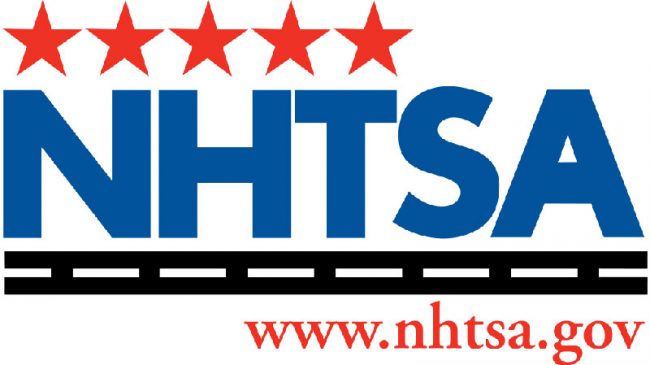The Department of Transportation’s (DOT) anti-distracted driving initiative puts millions of taxpayer dollars behind unproven measures that mostly fail to change the way drivers behave. The latest data reveals that a distracted driver played a part in nearly 10 percent of the 33,561 motor vehicle traffic fatalities in 2012. Since 2009, the DOT and the National Highway Traffic Safety Administration (NHTSA) have been on a quest to “eliminate” distracted driving, which occurs when a driver’s hands, eyes or mind are busy doing something other than driving, usually texting or using a mobile device. This past April, the DOT launched its first-ever national advertising and enforcement campaign, which involved television, radio and digital advertisements warning against distracted driving and a nationwide law enforcement clampdown on distracted driving. But while the federal government is cooking up ineffective advertising campaigns, the free market is producing actual ways to get people’s phones out of their hands and their eyes on the road.
One example comes from a San Francisco-based startup called Navdy, which just raised $6.5 million in seed funding, $2 million less than the DOT spent on its April advertising and enforcement campaign. Navdy is set to release a portable heads-up display next year that could reduce the level of distraction caused by a driver’s mobile phone. The company received over $1 million in pre-order sales in the first week that the device was available. The device connects to the driver’s phone and uses voice and gesture controls that allow the eyes to stay on the road while using navigation services, taking phone calls and replying to texts. The Navdy device can be configured to display, read aloud or disable whichever mobile applications the driver, or the driver’s parent, decides.
Although, NHTSA was established in 1970 to bring about safety improvements in the car industry, it has been the private sector that has consistently innovated on the safety front by responding to consumer demand. Electronic Stability Control for example has been around since 1995 and helps prevent skidding by countering oversteer and understeer. In addition, in just the past decade there have been several new technologies introduced in the market to help avoid crashes. The modern car can now be equipped with blind spot monitoring, lane departure warning, adaptive cruise control and collision mitigation. By the time the federal regulation requiring rearview cameras on all cars takes effect in 2018, the DOT forecasts that 73 percent of the cars on the market would have already included rearview cameras absent the federal mandate.
Meanwhile, NHTSA requested $828.3 million for its 2014 budget, almost 5 percent of which goes to vehicle safety research and analysis. NHTSA’s research role involves investigating traffic safety issues and collecting data about car crashes in the Fatality Analysis Reporting System (FARS). FARS is a helpful resource to monitor the nation’s level of road safety, but other NHTSA functions are not as useful. For example, over the past two years around $46 million has been handed out to states through Section 405 Distracted Driving grants to promote “high visibility enforcement” strategies. These enforcement strategies consist of strict anti-distracted driving state laws, public education and highly visible enforcement of state laws. Similar to all federal funding the grants come with strings attached. To receive a grant, a state must have a law which makes texting while driving a primary offense, establishes a minimum $25 fine for first-time violations and increases fines for repeat violations within five years of the previous violation. Currently, 44 states and the District of Columbia treat texting while driving as a primary offense. However, there is no evidence that suggests federal handouts to states have had any impact on reducing distracted driving.
NHTSA maintains that high visibility enforcement reduced impaired driving and increased seat belt use in the past. However, the same sort of strategy has not proven to be as effective in reducing distracted driving. At best, the evidence on the effectiveness of distracted driving laws is mixed. The Insurance Institute for Highway Safety claims that there is no evidence that cell phone use and driving bans reduce crashes. Furthermore, in a 2008 study, the Institute found that cell phone use while driving in North Carolina actually increased among teens after a ban was put in place for drivers under the age of 18. Another study by Alexander Nikolaev, Matthew Robbins and Sheldon Jacobson found that cell phone use bans reduced both the fatal injury and personal injury accident rates. But the study was limited to New York state and the cell phone bans were more effective in urban areas compared with rural areas, where crash rates tend to be much higher. Also, the authors caveat their findings surrounding the causal effect of the bans by saying the results could be driven by other factors that could not be accounted for, such as the introduction of new automobile safety features.
The DOT should reconsider pouring taxpayer dollars into weak anti-distracted driving measures. Innovation, not government spending and regulation, enhances traffic safety. The way to achieve more innovation is not to overburden the market with regulation, something NHTSA should keep in mind as it crafts guidelines for integrated electronic devices for cars, like Navdy’s device, which could end up as federal mandates in the future.
